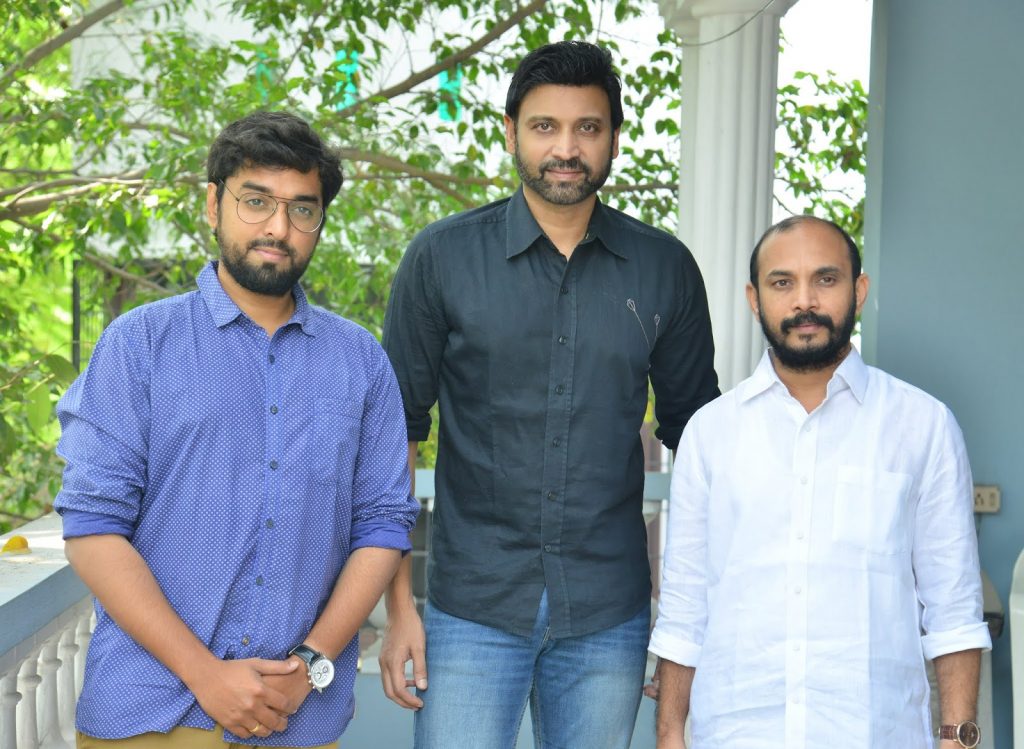


That is probably the only redeeming factor in his characterization. Convincing the audience that there is a soft side to Jai is the scene where he does not kill the women in the girl’s family and his abrupt shame at his uncouth behaviour when confronted by her fear as he raises his knife.

The villainous family of the heroine is again constructed with care – the three brothers representing the different generations and their manipulative hunger for power. Art director B Rembon and costume designer Nataraj need special mention for their amazing work in this film.Įach character is etched with careful details in costumes, hairstyles, and the Madurai dialect though not as pronounced as in Paruthiveeran (2007) quite clearly clinching the appeal to a general Tamil audience while remaining rooted in the local idiom. The temple festival sequence lends authenticity and uses the rituals and folk forms in a seamless way weaving it into a comic narrative scene. Every frame is authentically set in the late 1970s and early 80s – The men with step cut long locks touching the equally long collars of their colourfully patterned shirts and the huge bell bottoms with tight waists and broad belts The women wearing the bright graceful pavadai dhavanis to college The radio programmes and film music blaring from horn speakers and even the Ilayaraja duets that are used effectively for the wooing sequences. The spectacular work on the visual design and the meticulous detailing of the period elements is visible throughout the film starting from the walls being painted with advertisements and film posters paraded on bullock carts. Borrowing many cliches from the masters of Tamil film nativity, Bharathiraja and Bhagyaraj, to establish the semi rural and semi urban existence of the characters is a master stroke. Using clips of old Ilayaraja tunes as the backdrop for the romance between Azhagar (Jai) and Thulasi (Swathi) is again a clever device in setting the period in the minds of the audience. Deftly using introductions of each character to establish the motivations and background within which the story unfolds, the interesting use of the flashback as the camera follows the character played by Ganja Karuppu as if drawing us into the lives of these friends. Building up towards the tentative friendship between five young jobless youngsters who listen to AIR bulletins and film songs, dream of a better life, the initial portions draws a true picture of the life of Tamil youth of the late 70s and early 80s. A simple story of friendship and betrayal, love and betrayal and finally the futility of many lives set in a Madurai suburb, Subramaniapuram, the film is riveting and powerful in its imagery.


 0 kommentar(er)
0 kommentar(er)
